Discover how to start a taxi business in the UK and learn what it takes to get licensed, attract customers, and run a smooth, profitable operation.

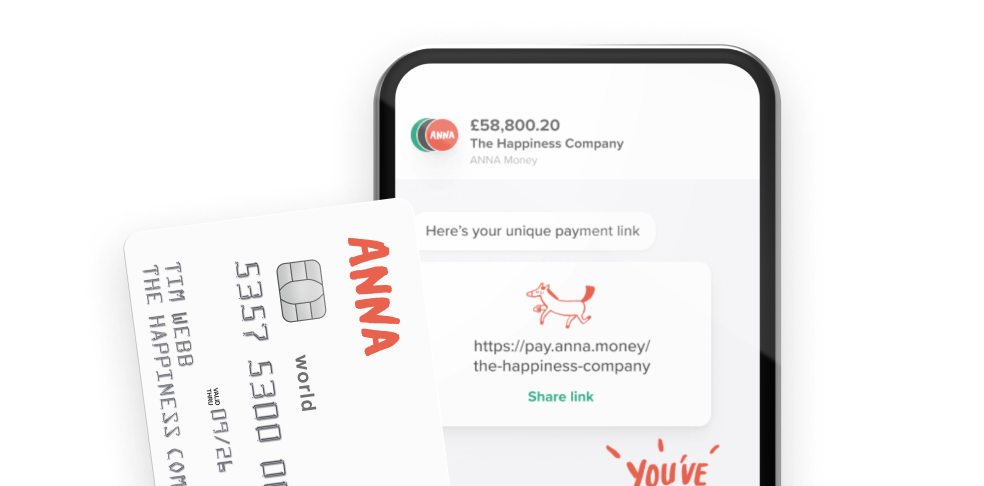
- In this article
- Know your options: Private Hire vs Hackney Carriage
- Who needs a ride? Understanding the market demand
- What Licenses Do You Need to Start a Taxi Business in the UK?
- How to get customers and grow your taxi business
- Tools and tech to make life easier
- Taxes, bookkeeping, and staying compliant
- Final tips and common mistakes to avoid
If you’ve ever thought, “I could do this for a living” while chatting to your Uber driver or navigating your town better than your sat-nav, a taxi business might be the right road for you. It’s a flexible, in-demand line of work that can bring in steady income, especially if you like working independently and know your way around your local area.
But before you rev the engine, there are a few licenses, choices, and costs to get your head around.
Let’s start!
Know your options: Private Hire vs Hackney Carriage
First things first: not all taxi services are created equal. In the UK, there are two main types of taxi licenses:
- Private Hire Vehicles (PHVs) – These must be booked in advance. Think Uber, Bolt, or a local minicab office. You can’t pick up passengers off the street or at taxi ranks.
- Hackney Carriages – These are the classic black cabs you can hail on the street or find at taxi ranks. You’ll need a special license and usually a specific type of vehicle.
Here’s a quick comparison:
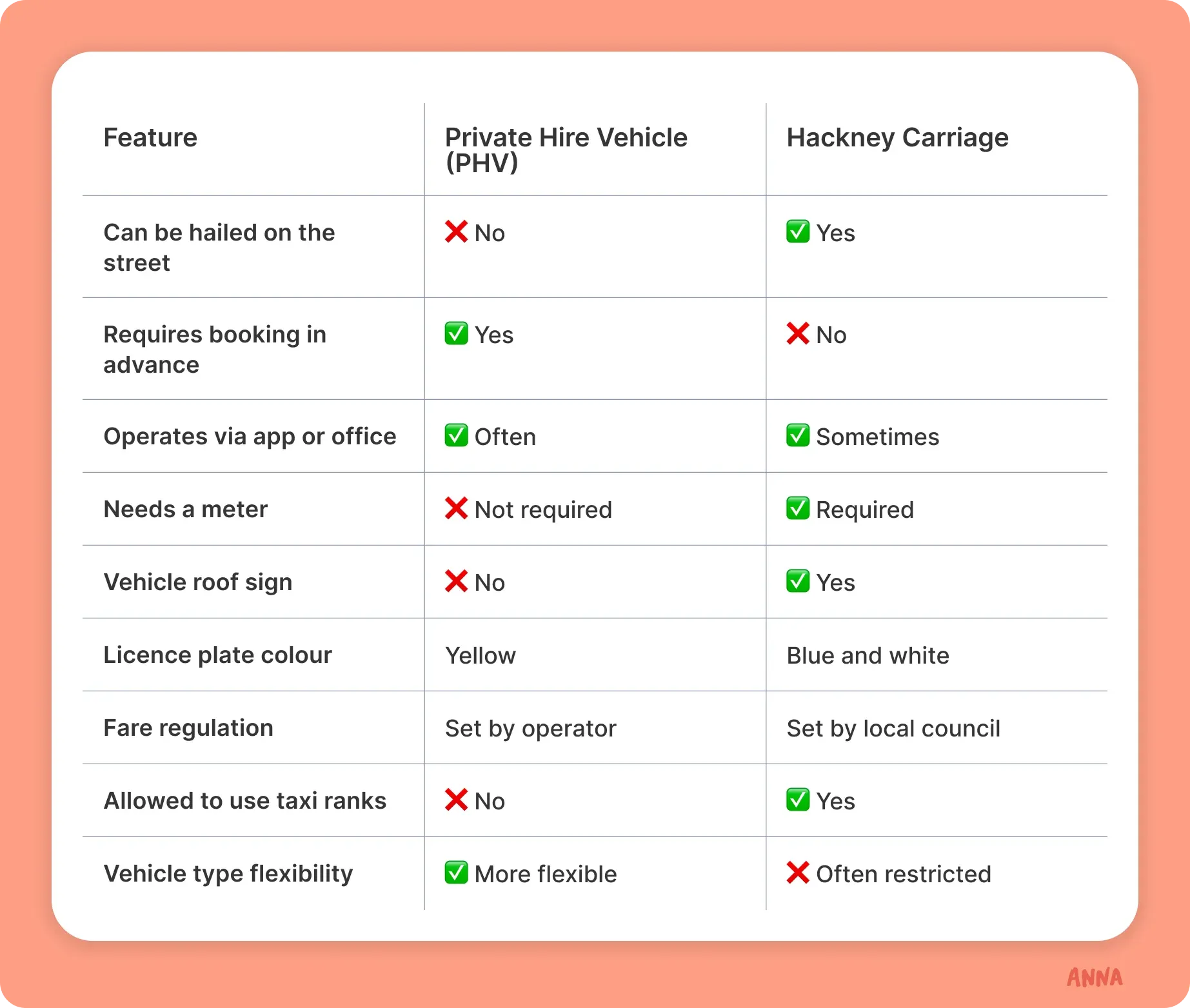
💡 Tip: If you’re starting out solo and want to use your own car, going the private hire route might be easier. You can work with platforms like Uber or Bolt to get customers without setting up your own dispatch system.
Who needs a ride? Understanding the market demand
The UK taxi and private hire market continues to grow, especially in urban and suburban areas where public transport isn’t always reliable. As of 2024, there were over 260,000 licensed taxi and private hire vehicle (PHV) drivers in England alone, highlighting strong and steady demand.
Key customer segments:
- Commuters needing a reliable ride to work
- Elderly passengers or people with limited mobility
- Tourists and business travellers
- Late-night riders after public transport services end
- Rural customers with limited access to buses or trains
What problems are you solving?
- Filling gaps in local transport networks
- Addressing safety concerns during nighttime travel
- Providing on-demand access when public transport isn’t running
- Offering convenience for airport transfers and special occasions
💡 Stat to know: In 2023, the UK private hire and taxi market was valued at over £9 billion, with consistent growth driven by platforms like Uber, Bolt, and independent local services
What Licenses Do You Need to Start a Taxi Business in the UK?
Before you can take your first fare, you’ll need to get licensed—and we’re not just talking about a regular driving license. Taxi drivers in the UK must go through a specific process that ensures you (and your vehicle) are roadworthy, responsible, and ready to transport passengers safely.
What you need as a taxi driver
The exact requirements vary depending on your local authority (like TfL in London, or your local council elsewhere), but here’s what you can usually expect:
✅ A full UK driving license (held for at least 12 months)
✅ Enhanced DBS check – to prove you’re safe to work with the public
✅ Medical check – you’ll need to be medically fit, usually assessed under Group 2 DVLA standards (like bus or lorry drivers)
✅ Knowledge or topographical test – in London, this is famously known as “The Knowledge.” Elsewhere, you may just need to demonstrate basic local geography
✅ Right to work in the UK – proof of identity and eligibility
✅ Speaking and understanding English – some authorities may test this, especially in cities
💡 Tip: Don’t skip the small print! Each council has its own process, application form, fees, and timelines. Always check your specific local authority’s taxi licensing page.
Also, from October 2025, TfL requires new and renewing taxi drivers to pass a Safety, Equality and Regulatory Understanding (SERU) assessment.
Licensing your vehicle
Your car can’t just be any car. It needs to meet strict safety and suitability standards. Here’s what most councils will ask for:
✅ MOT certificate – Even if your car is new, you might need more frequent MOTs (every 6 months in some cases)
✅ Insurance – You’ll need specialist taxi insurance, which covers public liability and hire/reward use
✅ Emissions compliance – Especially in London or Clean Air Zones, you may need a ULEZ-compliant or electric vehicle
✅ Vehicle age limits – Some councils won’t license vehicles over a certain age (e.g. more than 5 or 10 years old)
✅ Signage and meters – For Hackney carriages, your vehicle will need a fitted meter and council-approved decals
Fees to expect (ballpark range):
- Driver license application: £100–£300
- Vehicle license: £100–£500
- DBS check: ~ £40
- Knowledge test (if applicable): £50–£100
- Medical check: ~ £60–£120
Choose a business structure and register
Once your licenses are sorted, it’s time to set yourself up as a proper business. You’ve got two main options in the UK:
- Sole Trader – Simple setup, fewer filing requirements. You keep all profits but are personally responsible for any losses.
- Limited Company – More admin but gives you limited liability. Might help with tax savings if you earn more and want to appear more professional to clients or platforms.
You’ll also need to:
✅ Register your business with HMRC (if sole trader) or Companies House (if going limited)
✅ Open a business bank account (a must if you’re a limited company)
✅ Choose and register a business name
Need help naming your taxi business? Use ANNA’s free company name checker to see if your name is available or get some alternatives if not!
💡 Bonus: ANNA can also register your business for you in minutes, and keep your paperwork in one tidy place. Less stress, more driving.
How to get customers and grow your taxi business
Once you're legal, licensed, and ready to roll, the big question is: where do your passengers come from? Acquiring those first few customers and then retaining them requires a combination of local expertise, effective marketing, and establishing trust in your service.
Option 1: Join a ride-hailing platform
If you’re starting as a private hire driver, signing up with a platform like Uber, Bolt, or Ola can fast-track your business. These platforms bring in customers, process payments, and handle a lot of the admin.
✅ Pros:
- Instant customer base
- No need to build your own app or marketing
- Ratings system helps build credibility
❌ Cons:
- They take commission (often 20–25%)
- You have less control over pricing and brand identity
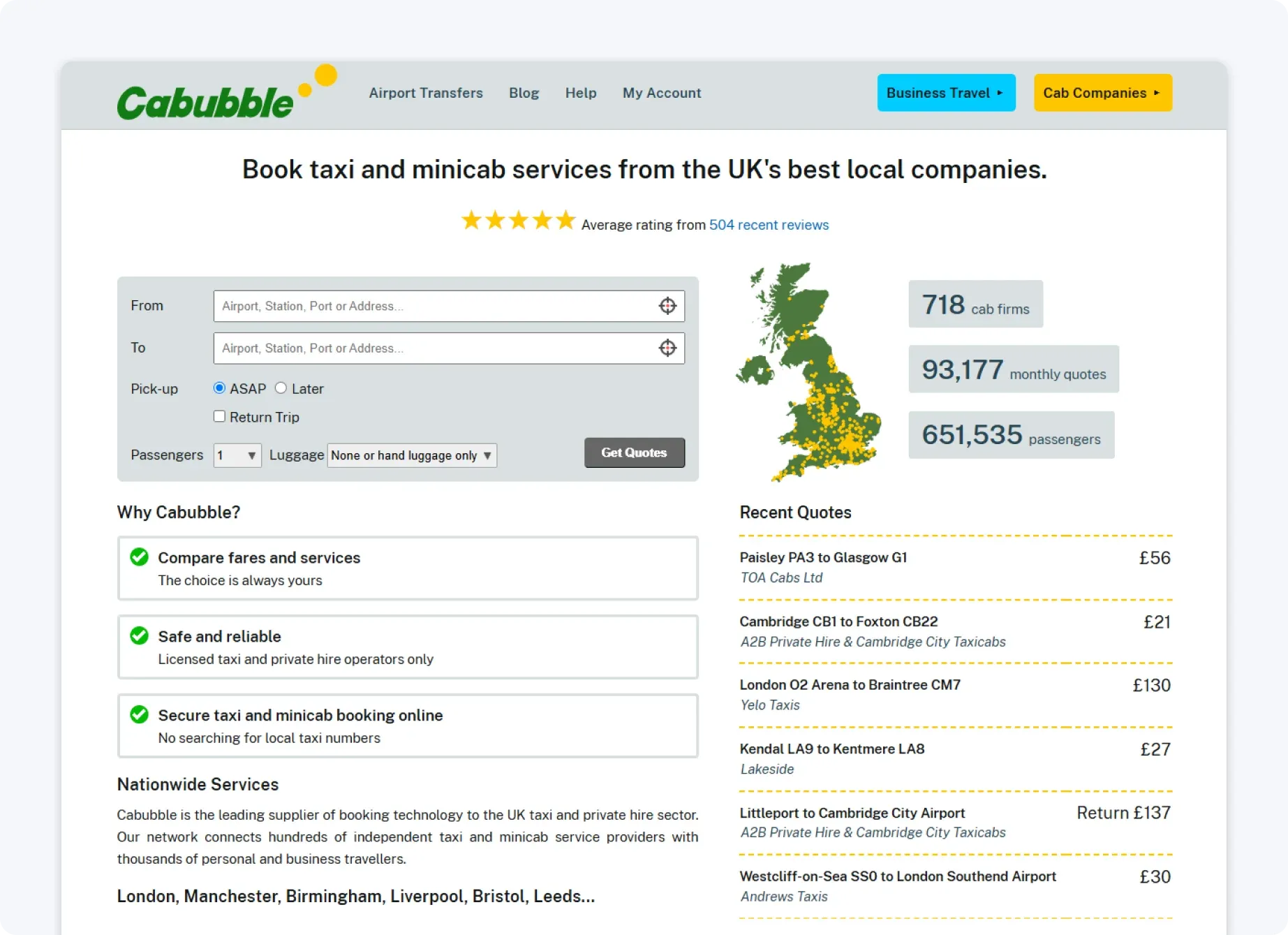
Option 2: Build your own independent client base
If you’re going solo or starting a Hackney carriage service, you’ll need to attract your own customers. Here’s how:
- Create a Google Business Profile – so you appear in local searches like “taxi near me”
- Set up a simple website or Facebook page – include your number, hours, pricing, and reviews
- Offer phone and text booking – make it easy for people to book, even without an app
- Use branding – a memorable business name, clean signage, and driver ID all build trust
- Partner with local businesses – think hotels, pubs, clinics, care homes, or event venues
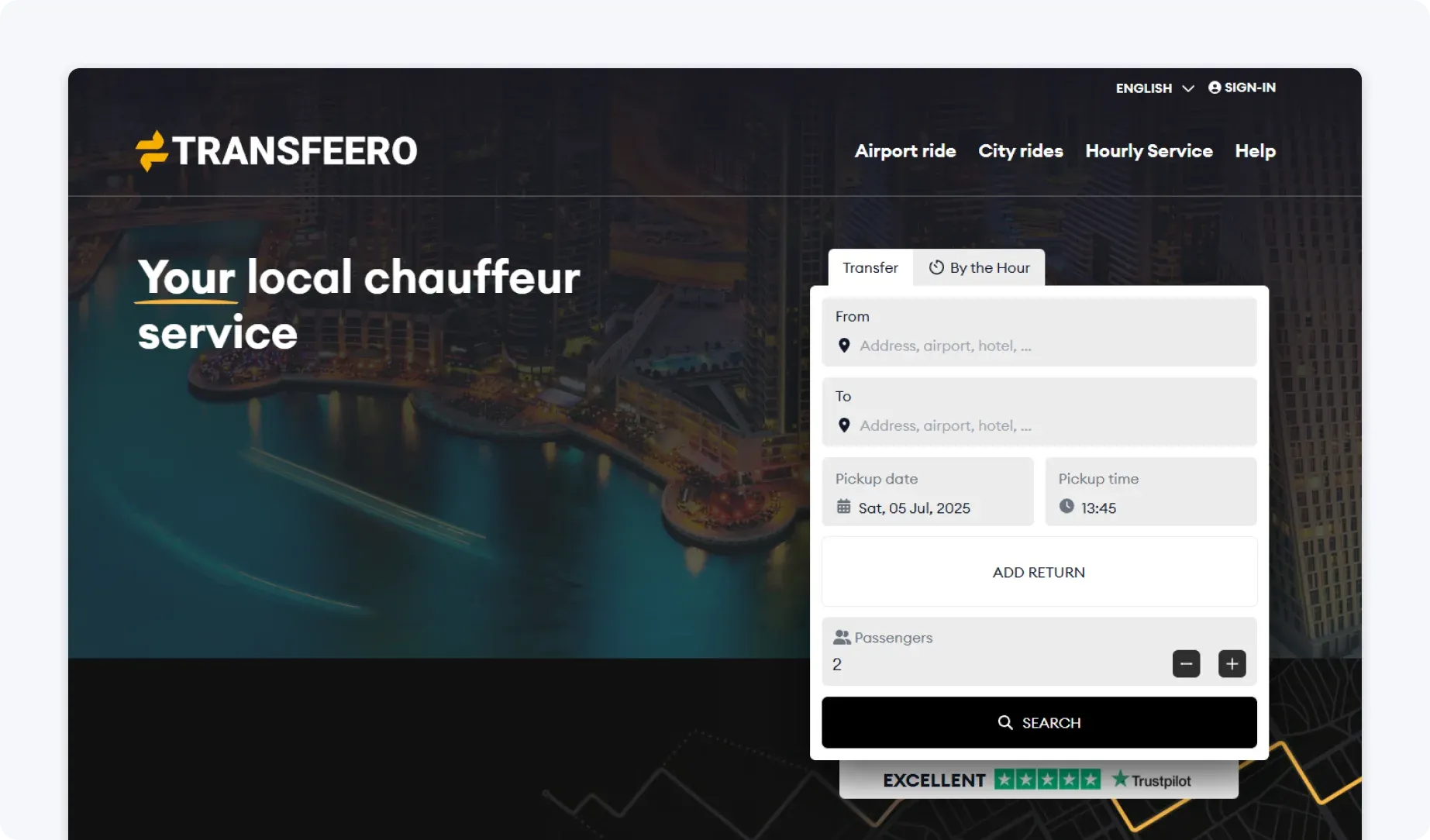
Tools and tech to make life easier
Most taxi businesses today rely on a good smartphone setup. Here’s what you’ll want:
- A reliable smartphone with GPS – for maps, booking apps, and communication
- Navigation apps like Google Maps or Waze – updated traffic, live re-routing, and ETAs
- Messaging apps – to communicate with clients or your dispatch office (WhatsApp or SMS)
- Mileage tracking apps – like MileIQ or Stride to automatically log your business mileage
Even if you're not working through Uber or Bolt, you can still offer online booking with tools like:
- Calendly or SimplyBook.me – let customers schedule pickups
- TaxiCaller or iCabbi – if you’re building a multi-driver fleet
Payments and invoicing
Let’s face it – no one carries cash anymore. Make sure you're set up to take card payments and send digital invoices:
- Mobile card readers – like SumUp or Zettle
- Online payment links – easy to send via SMS or email
- Invoice generators – tools that let you send pro invoices in seconds
🔎 Want something even more seamless? ANNA offers invoicing and card payment features directly from your business account. You get a unique payment link or QR code, so clients can pay online or on the spot.
Taxes, bookkeeping, and staying compliant
As a taxi business owner, you’ll need to:
- Register for Self Assessment or add Corporation Tax services, depending on your business structure
- Keep accurate records of income, expenses, and mileage
- File VAT returns if you’re VAT-registered (threshold is £90,000/year in 2025)
- Pay your PAYE and NI if you’re paying yourself a salary
- Submit your Confirmation Statement and annual accounts if you’re a limited company
💡 The good news? You can take care of all this in one place with ANNA +Taxes.
ANNA isn’t just a business account but an accounting assistant that works behind the scenes while you’re on the road.
✅ All-in-one tax support: From VAT and Payroll to Corporation Tax, it covers everything you need to stay HMRC-compliant.
✅ Automatic tax calculations and filing: It handles PAYE, VAT returns, and Corporation Tax filing, with reminders so you never miss a deadline.
✅ Smart receipt scanner: Snap a photo and the expense is matched to your transaction and categorised.
✅ Pots to save for tax: Every time you're paid, ANNA automatically puts money aside for tax so you’re never caught short.
✅ Tax Terrapin (AI bot): Have a tax question? This ChatGPT-powered bot gives you answers backed by HMRC guidance.
✅ Bookkeeping Score: Get quick tasks to improve your recordkeeping and reduce your tax bill.
✅ Professional invoicing with card payments: Send sleek invoices with your logo and accept card payments via a unique link or QR code.
Starting from just £3/month for the first 3 months, ANNA +Taxes is built for small business owners and drivers like you. It even registers your company and files your Confirmation Statement if you're just starting out.
Final tips and common mistakes to avoid
Starting a taxi business is more than just getting behind the wheel. It’s a real business, and treating it like one from day one will save you stress (and money) later on. Here are a few lessons most new drivers learn the hard way:
- Keep a clean and professional vehicle – First impressions matter. Clean interiors, a friendly attitude, and punctuality are your best marketing tools.
- Track your mileage – For tax purposes, keeping a mileage log is essential (and easy if you’re using ANNA or a mileage app).
- Review your insurance yearly – Taxi insurance can be expensive, so shop around and compare renewal quotes.
- Collect customer feedback – Ask for Google reviews or ratings on your chosen platform to build trust and get more bookings.
- Stay local – Focus on one or two areas you know well before expanding your radius. Efficiency matters more than size when starting out.
❌ Mistakes to avoid
- Skipping the licensing process – Driving passengers without the proper license isn’t just risky—it’s illegal and can result in heavy fines.
- Not separating personal and business finances – Mixing them makes tax time messy. Open a dedicated business account (like ANNA) early on.
- Forgetting tax deadlines – One missed deadline can lead to penalties. Set reminders or let ANNA handle it automatically.
- Undervaluing your time – Know your operating costs and price your services accordingly. You’re not just driving—you’re running a business.
- Ignoring marketing – Even if you work through a platform, having your own presence (Google, flyers, social media) builds long-term value.
Ready to launch your taxi business?
From getting licensed to tracking expenses, starting a taxi business is easier when you’ve got the right tools behind the wheel.
ANNA can help you register your business, manage your accounting, file your taxes, and even remind you when deadlines are approaching – all from one app.
Want to drive your business forward with less admin?
Try ANNA today and take the hassle out of running your business.
Read the latest updates
You may also like
Open a business account in minutes
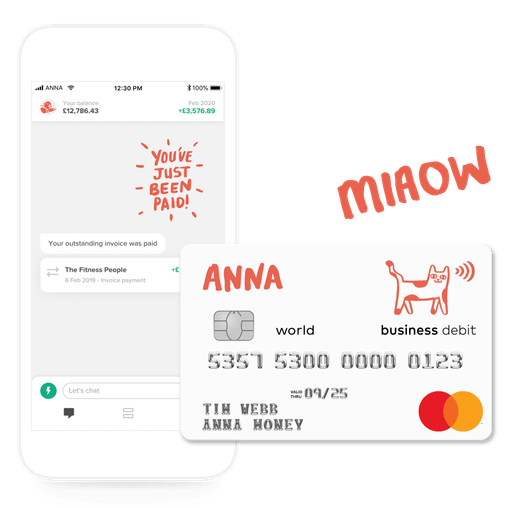




![How to Start a Currency Exchange Business in the UK [Guide]](https://storage.googleapis.com/anna-website-cms-prod/medium_Cover_3000_Landscaping_Business_Names_Creative_Name_Ideas_daad2f9e2a/medium_Cover_3000_Landscaping_Business_Names_Creative_Name_Ideas_daad2f9e2a.webp)




![140 Creative Tutoring Business Names [Ideas & Examples]](https://storage.googleapis.com/anna-website-cms-prod/medium_Cover_3000_Landscaping_Business_Names_Creative_Name_Ideas_d7964059b3/medium_Cover_3000_Landscaping_Business_Names_Creative_Name_Ideas_d7964059b3.webp)

![How to Start a Self-Employed Business in the UK [Guide]](https://storage.googleapis.com/anna-website-cms-prod/medium_Cover_3000_Landscaping_Business_Names_Creative_Name_Ideas_fe5b6edef1/medium_Cover_3000_Landscaping_Business_Names_Creative_Name_Ideas_fe5b6edef1.webp)

![How to Start a Bakery Business in the UK [2026 Guide]](https://storage.googleapis.com/anna-website-cms-prod/medium_Cover_3000_How_to_Start_a_Copywriting_Business_from_Scratch_e47ea6b2a6/medium_Cover_3000_How_to_Start_a_Copywriting_Business_from_Scratch_e47ea6b2a6.webp)




![How to Start an Event Planning Business [Full UK Guide]](https://storage.googleapis.com/anna-website-cms-prod/medium_Cover_3000_How_to_Start_an_Event_Planning_Business_in_the_UK_9e78d91fa0/medium_Cover_3000_How_to_Start_an_Event_Planning_Business_in_the_UK_9e78d91fa0.webp)
![How to Start a Hoodie Business in 2026 [Full Guide]](https://storage.googleapis.com/anna-website-cms-prod/medium_Cover_3000_How_to_Start_a_Hoodie_Business_in_2025_Guide_17060b578d/medium_Cover_3000_How_to_Start_a_Hoodie_Business_in_2025_Guide_17060b578d.webp)

![How to Start a Coffee Van Business in the UK [Step-by-Step]](https://storage.googleapis.com/anna-website-cms-prod/medium_Cover_3000_How_to_Start_a_Copywriting_Business_from_Scratch_87e1d9b2a3/medium_Cover_3000_How_to_Start_a_Copywriting_Business_from_Scratch_87e1d9b2a3.webp)
![How to Start a Copywriting Business from Scratch? [Guide]](https://storage.googleapis.com/anna-website-cms-prod/medium_Cover_3000_How_to_Start_a_Copywriting_Business_from_Scratch_cf3c4d7190/medium_Cover_3000_How_to_Start_a_Copywriting_Business_from_Scratch_cf3c4d7190.webp)

![How to Start a Retail Business [Beginner’s Guide to Success]](https://storage.googleapis.com/anna-website-cms-prod/medium_Cover_3000_How_to_Start_a_Retail_Business_O_Co_Beginner_OC_Oes_Guide_to_Success_f07f1f4e7c/medium_Cover_3000_How_to_Start_a_Retail_Business_O_Co_Beginner_OC_Oes_Guide_to_Success_f07f1f4e7c.webp)
